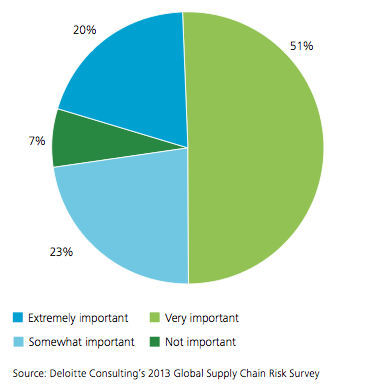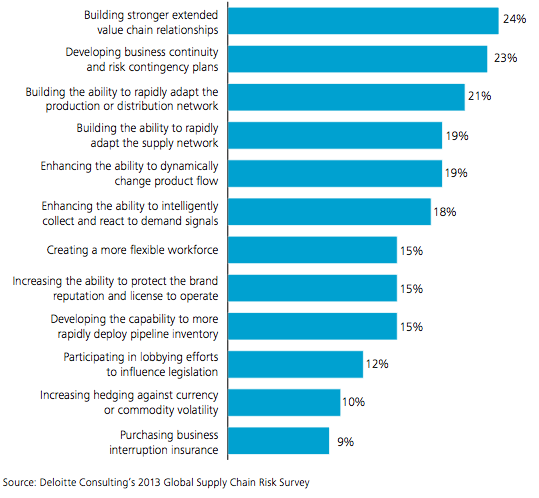Essentially every company that manufactures goods today depends on other companies to supply the raw or value-added materials that go into their finished products. Most companies recognize that good supplier relationships are more than simply arm’s length transactions between opposing parties. A better way of looking at those relationships is as partnerships—albeit ones that require management and alignment of objectives first and foremost, but ultimately mutually beneficial relationships. The job of procurement is to ensure performance is as promised, risk is low and business objectives are being met through collaboration. When suppliers are treated as partners, they can be a huge asset in times of trouble. Especially today, with some industries moving from a buyer’s market to a seller’s market, many suppliers can have their pick of customers, especially if some are easier to do business with, foster collaboration, listen to new innovative ideas and, most importantly, pay on time.
Well before the pandemic, leading organizations in every industry have that strong supplier relationships and a reliable supply chain are paramount. It is critical to have full visibility across all your suppliers and knowing everything about them matters, because this may be the difference between meeting customer demand and falling short of it. Suppliers are a source of growth, innovation and efficiency, but if they are not managed holistically, they can be a source of risk, poor performance and noncompliance.
Enterprise technologies are available to holistically manage your suppliers throughout their lifecycle and incorporate all the necessary elements around supplier information-gathering, collaboration, and risk and performance management. Platforms with these capabilities can help risk professionals to: improve visibility across the supply chain (including sub-tiers of suppliers); ensure compliance with regulatory requirements (particularly new ESG regulations around carbon emissions, cybersecurity or diversity reporting); assess supplier viability and risk profiles; and evaluate performance and target improvement areas. Implementing such a system requires considerable advance planning and strategic thought. But following a deliberate series of steps can help you structure a solid program:
- Figure out what you want to accomplish with your supplier management program.
- Secure executive buy-in from procurement, supply chain and IT leadership.
- Structure a plan to gather complete information about all your suppliers.
- Segment your suppliers into relevant groups, identifying the standards and processes each group is required to meet, and potentially establishing processes for each segment.
- Communicate goals, objectives and policies to your suppliers, whether it is around a code of ethics or more specific goals per segment.
- Create a process to continuously gather information about suppliers using surveys or a supplier portal, including topics like information security practices, certificates, financial updates and generic information updates.
- Establish an onboarding process for new suppliers and use third-party data sources to assess them against requirements and goals.
- Implement a monitoring program to regularly track key aspects of the supplier’s risk and performance profile.
Your criteria can evolve over time, so regular reassessments of those criteria and related mitigation measures are always appropriate, but having them well-defined at the start will be a tremendous help in establishing clear expectations. As in any relationship, clarity is key to reducing the friction that can result from misunderstandings.
At the same time, however, issues directly affecting the supplier are only part of a larger risk profile. As we have seen during the pandemic, the transportation of supplies from a vendor’s overseas site to your own facility is also fraught with risks. For example, there are shortages of active piers, forcing ships to anchor for days or weeks before they can unload. Additionally, higher levels of theft and shortages of truck drivers, shipping containers, warehouse space, cargo pallets and inspection officials can all compound delivery delays. Being aware of issues within the supply chain, having visibility of your suppliers’ suppliers, and understanding relationships and dependencies are all key to be able to respond adequately.


